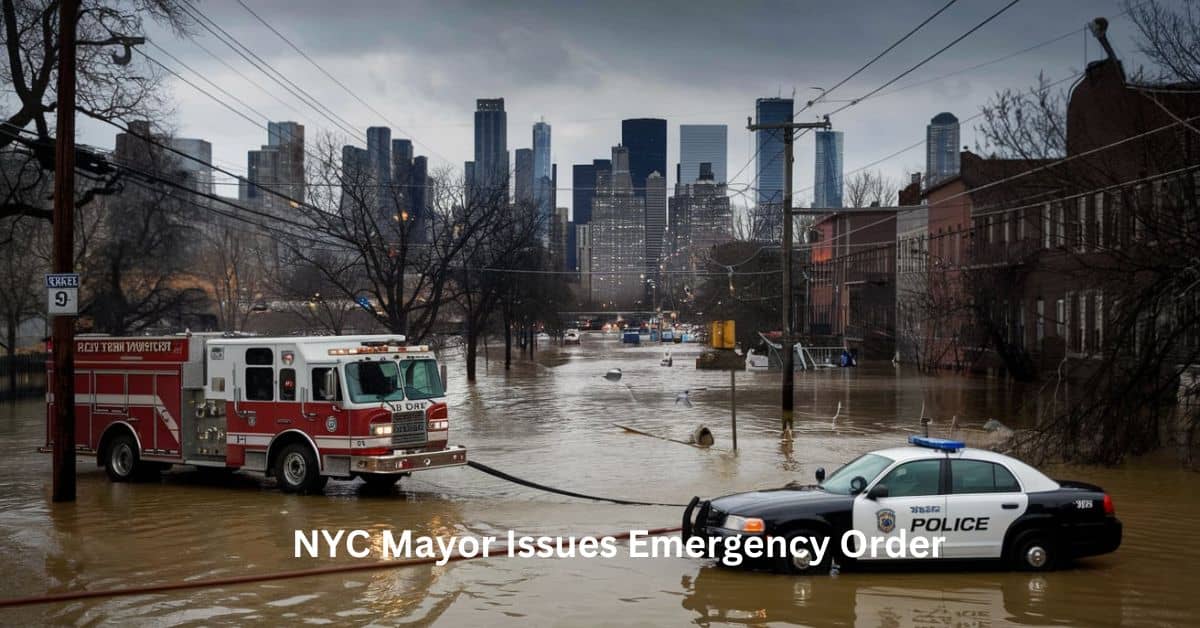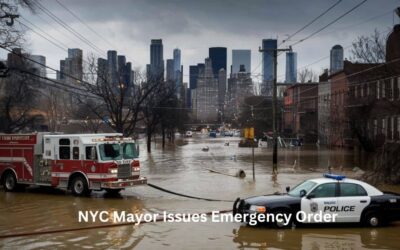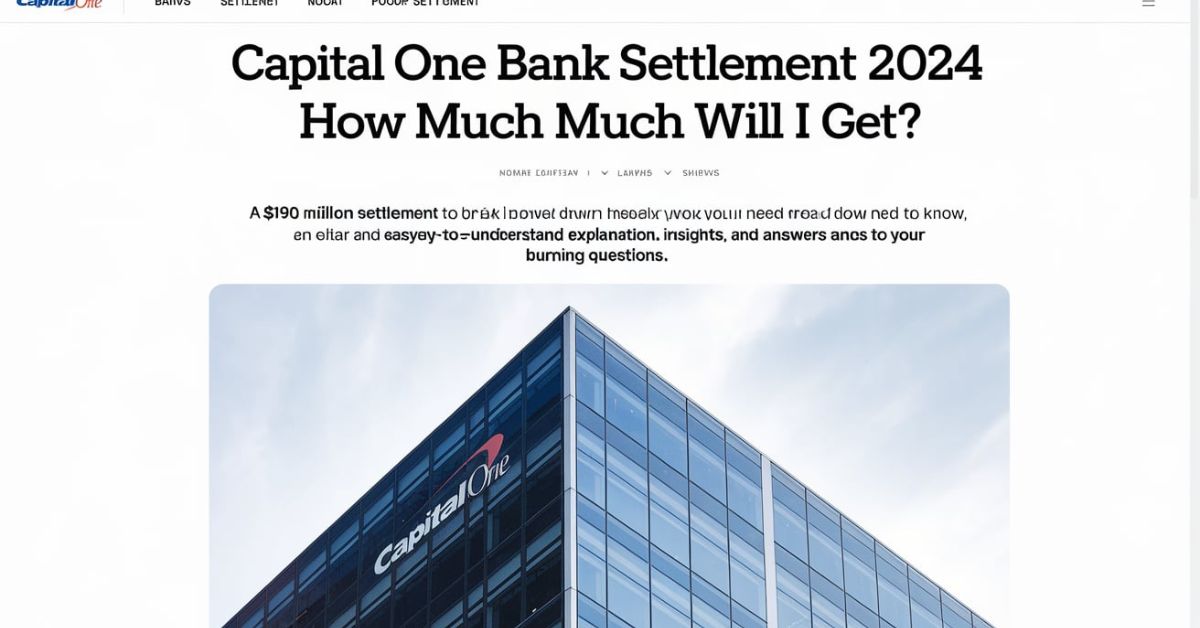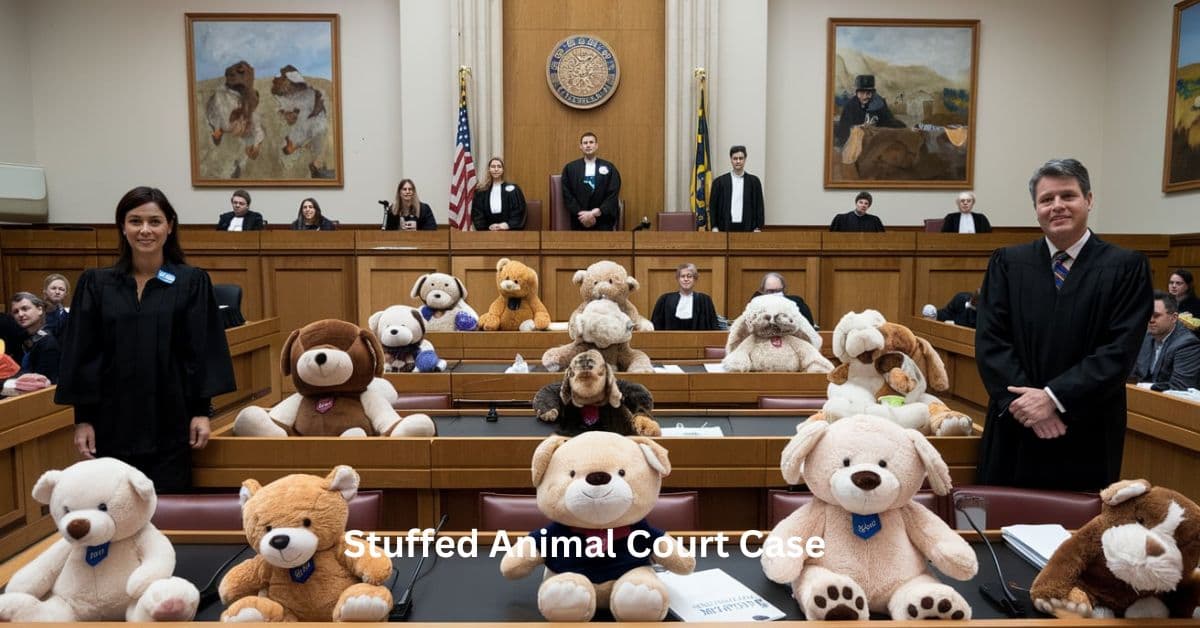NYC Mayor Issues Emergency Order: A Detailed Analysis of Eric Adams’ Decision and Its Impact

The city of New York is no stranger to emergencies, from severe weather events like hurricanes to global pandemics that have challenged the very fabric of urban life. But recently, on [specific date], NYC Mayor Eric Adams took the bold step of declaring a state of emergency. His decision to sign an emergency order caught the attention of millions, sparking a wave of discussion and concern. The action, tied to suspending parts of laws concerning a four-hour limit on holding individuals, reflected a larger, pressing issue impacting the city.
This article delves deep into the context, reasoning, and implications behind this emergency order. We will explore Mayor Adams’ decision, the concerns it raises, the reactions it has garnered, and what this means for the people of New York City. Using a basic, easy-to-read format, we will break down the complex aspects of this emergency order so that every New Yorker—and anyone concerned with urban governance—can fully understand the gravity of the situation.
NYC Mayor Issues Emergency Order: The Immediate Trigger
Mayor Eric Adams’ decision to issue the emergency order stems from an urgent need to address a situation that’s spiraling out of control in the city. The specific issue at hand revolves around the unprecedented number of individuals being held by the authorities. The suspension of the law’s four-hour time limit on holding individuals is a direct response to the sheer volume of people who are either homeless, detained for minor infractions, or seeking asylum.
The city has been grappling with an increase in migrants and asylum seekers since late [year], with shelters and facilities struggling to accommodate everyone. It’s not just the lack of physical space but the administrative and logistical strain of processing these individuals quickly and humanely.
When Mayor Adams declared the state of emergency, he did so with the aim of granting the city more flexibility. The emergency order allows for the suspension of certain legal restrictions, ensuring that people can be held for longer than the standard four hours without it being a violation of their rights.
Why Did Mayor Eric Adams Declare a State of Emergency?
While the term “state of emergency” often brings to mind natural disasters or terror threats, it can also apply to situations where the city’s infrastructure or legal system is under intense pressure. Mayor Adams took this step due to several key factors:
- Migrant Crisis: Over the past year, New York City has experienced a surge in asylum seekers. The city’s existing resources, from shelters to legal services, were not equipped to handle the rapid increase. Processing times for many services, including asylum applications, have slowed considerably. The four-hour detention limit only adds to the bottleneck, making it difficult to manage the influx.
- Homelessness Crisis: New York has long battled homelessness, but the situation has worsened in recent years. Homeless shelters are full, and the city’s social services are strained. The inability to move people quickly through the system exacerbates the issue.
- Administrative Overload: Many city departments, including those responsible for handling detained individuals, are simply overwhelmed. The legal limit on how long someone can be held only creates more challenges when the number of people needing assistance skyrockets.
The Suspension of the Four-Hour Detention Law: What It Means
The primary component of Mayor Adams’ emergency order involves suspending the legal limit that requires individuals to be held for no longer than four hours. The four-hour rule was designed to ensure that individuals are not detained for unreasonable periods without due process or cause. However, the massive influx of migrants and homeless individuals has made it nearly impossible to comply with this law without compromising the city’s ability to serve the public efficiently.
By suspending this rule, the city hopes to:
- Allow more time for processing: Individuals in holding are often waiting for basic services like legal representation or placement in housing. The suspension will ensure that no one is released prematurely without receiving the help they need.
- Ease overcrowding in shelters and detention facilities: With more time to process cases, the city can prevent overcrowding by gradually releasing or relocating individuals to the appropriate facilities.
- Improve public safety: The order also indirectly aims to maintain public safety by ensuring that people who are being detained—whether for minor infractions, homelessness, or immigration reasons—are handled appropriately.
Controversies Surrounding the NYC Mayor’s Emergency Order
As with any emergency measure, this order has sparked significant debate and controversy. While some view it as a necessary step to address the overwhelming challenges New York is facing, others are concerned about the implications for civil liberties and long-term governance.
Civil Liberties Concerns
One of the most vocal criticisms has come from civil liberties advocates. Suspending a law that limits detention time can be seen as a slippery slope. There’s fear that extending detention periods could lead to abuses of power or the unlawful holding of individuals without proper cause. Critics argue that, even during a state of emergency, the city should prioritize the protection of individual rights.
Strain on Social Services
There is also concern about the strain this will place on New York City’s social services, which are already overburdened. While the emergency order is intended to provide temporary relief, the long-term sustainability of this approach is in question. Some are skeptical that merely extending the detention period will address the deeper issues of homelessness and migration in the city.
Legal Pushback
From a legal perspective, the emergency order may face challenges in court. Lawyers representing detained individuals may argue that even in emergencies, due process cannot be ignored. The legal challenges that might arise from this order could take months or even years to resolve, leaving a cloud of uncertainty over its effectiveness.
The Impact on Migrants and the Homeless Population
Perhaps the most significant group affected by this emergency order is New York’s growing migrant population. Many of these individuals are fleeing violence, persecution, or economic instability in their home countries, seeking a better life in the United States. But the reality they face upon arrival in New York is far from welcoming. Overcrowded shelters, long waiting times for services, and a general lack of resources have made life in the city difficult for these newcomers.
With the suspension of the four-hour detention rule, these individuals may find themselves stuck in a legal and bureaucratic limbo for even longer. Though the order is intended to provide more time for services, it could have the opposite effect, leading to further delays in processing and services for asylum seekers and the homeless.
How the Emergency Order Affects New Yorkers
For the average New Yorker, Mayor Adams’ emergency order may seem like something happening in the background. But its impact can be far-reaching. As resources are redirected to manage the growing migrant and homeless populations, other city services may experience cutbacks or delays. There’s also the broader issue of public safety; with the city focusing on addressing these immediate challenges, other areas like crime prevention and public health could receive less attention.
Moreover, New Yorkers are paying attention to how their city officials are responding to crises. Mayor Adams’ leadership will be closely scrutinized, and his emergency order could shape public perception of his administration moving forward. Some residents may appreciate his decisive action, while others may see it as an overreach of power.
Long-Term Solutions: What Needs to Happen Next?
While the emergency order is a short-term fix, it doesn’t address the underlying causes of New York’s current crises. Mayor Adams and his administration will need to consider long-term strategies that go beyond temporary legal suspensions.
- Affordable Housing: One of the most pressing issues in New York is the lack of affordable housing. Addressing this problem will require collaboration between city officials, developers, and policymakers at both the state and federal levels.
- Immigration Reform: The federal government must take steps to address the root causes of migration and provide more support to cities like New York that are disproportionately affected by these challenges.
- Mental Health Services: A significant portion of the homeless population suffers from mental health issues. Expanding access to mental health services and providing long-term care solutions will be crucial for reducing homelessness.
- Job Training and Economic Support: Many individuals who are detained or seeking asylum in New York are unable to find stable employment. Investing in job training programs and creating pathways to stable employment can help reduce the strain on social services.
Public Response to the NYC Mayor’s Emergency Order
Public opinion on Mayor Adams’ emergency order is divided. Some residents support the decision, viewing it as a necessary response to an overwhelming situation. They argue that without such measures, the city would face even greater chaos, with shelters overflowing and essential services grinding to a halt.
Others, however, are less enthusiastic. Concerns about the erosion of civil liberties, the potential for abuse, and the long-term consequences of such emergency measures are at the forefront of the debate. Critics argue that while the situation is dire, suspending laws should only be done as a last resort and with clear safeguards in place to prevent overreach.
FAQs on NYC Mayor’s Emergency Order
1. What is the primary reason for the emergency order? The emergency order was issued to address the overwhelming influx of migrants and homeless individuals in New York City. By suspending the four-hour detention rule, the city hopes to improve its ability to process individuals and provide them with necessary services.
2. How does the emergency order affect civil liberties? Critics argue that suspending the law that limits detention times could infringe on individual rights. However, the city maintains that the measure is necessary to manage the current crisis effectively.
3. How long will the emergency order be in effect? The duration of the emergency order has not been specified, but such orders are typically temporary. The mayor’s office will likely review the situation regularly to determine whether it needs to be extended or adjusted.
4. What happens to people detained under the new order? Individuals detained under the emergency order may be held for longer than the standard four hours. This additional time is intended to allow for proper processing and the provision of services, such as shelter or legal aid.
5. Can the emergency order be challenged in court? Yes, legal challenges are possible, particularly from civil liberties groups. They may argue that even in emergencies, the city must uphold due process and protect individual rights.
6. What are the long-term solutions to this crisis? Long-term solutions include addressing affordable housing, expanding mental health services, immigration reform, and job training programs.










